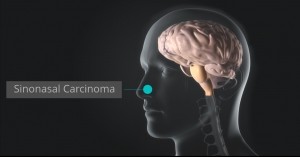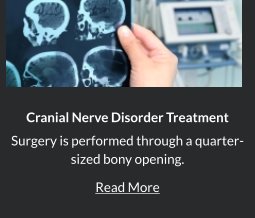Sinonasal Carcinoma Newport Beach & Orange County, CA
Sinonasal Undifferentiated Carcinoma Orange County
 Sinonasal carcinoma is a malignant or cancerous tumor of the nose and sinuses and comes in different types. These tumors are rare, making up only about three percent of tumors in the upper respiratory tract. They are known to occur twice as common in males than in females. The different types of sinonasal carcinoma are:
Sinonasal carcinoma is a malignant or cancerous tumor of the nose and sinuses and comes in different types. These tumors are rare, making up only about three percent of tumors in the upper respiratory tract. They are known to occur twice as common in males than in females. The different types of sinonasal carcinoma are:
- Basal cell and squamous cell carcinoma
- Adenocarcinoma
- Adenoid cystic carcinoma
- Sinonasal undifferentiated carcinoma (SNUC)
- Esthesioneuroblastoma
- Sarcomas (arising from soft tissue, cartilage, and bone)
- Melanoma
- Lymphoma
Robert Louis, MD, a fellowship-trained Orange County Neurosurgeon, is the Director of the Skull Base and Pituitary Tumor Program at Hoag Memorial Hospital in Orange County, California. Dr. Louis has particular expertise in the endoscopic and minimally invasive treatment of benign and malignant brain tumors, sellar and parasellar tumors, and skull base tumors.
Dr. Robert Louis specializes in minimally invasive brain surgery for the treatment of sinonasal carcinoma. For appointments, please call (949) 383-4185 or Contact Us.
















